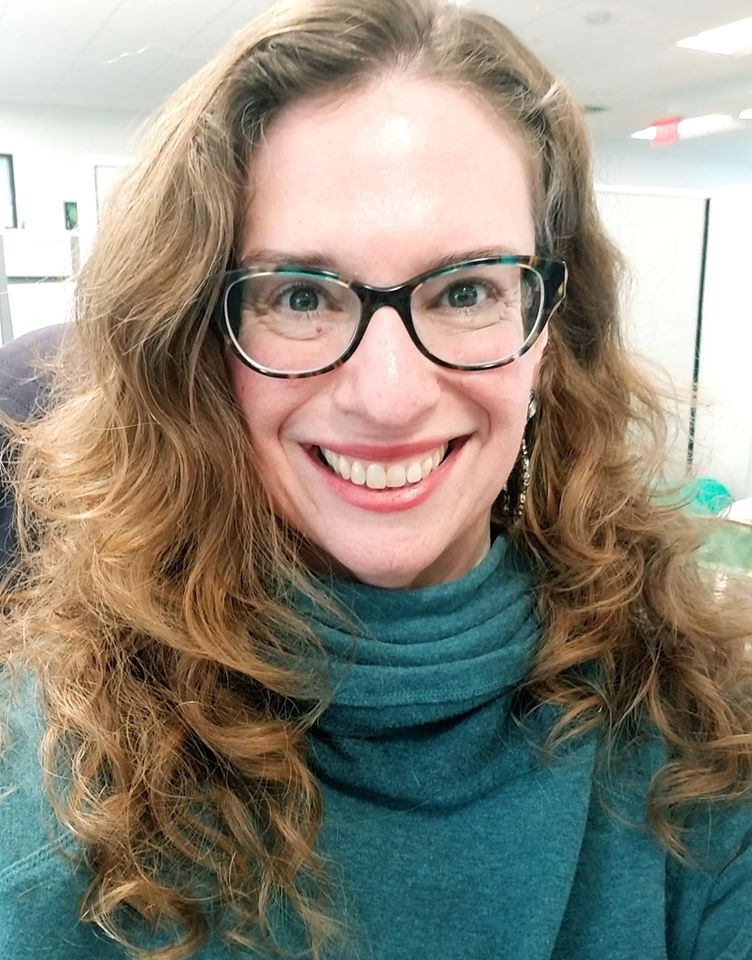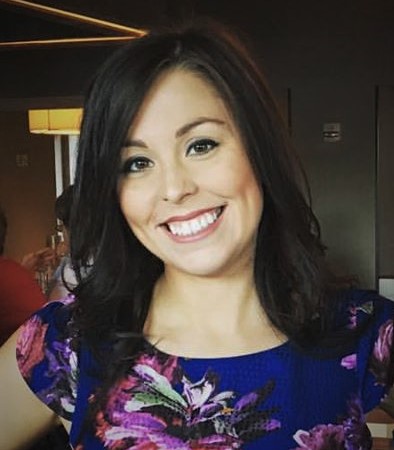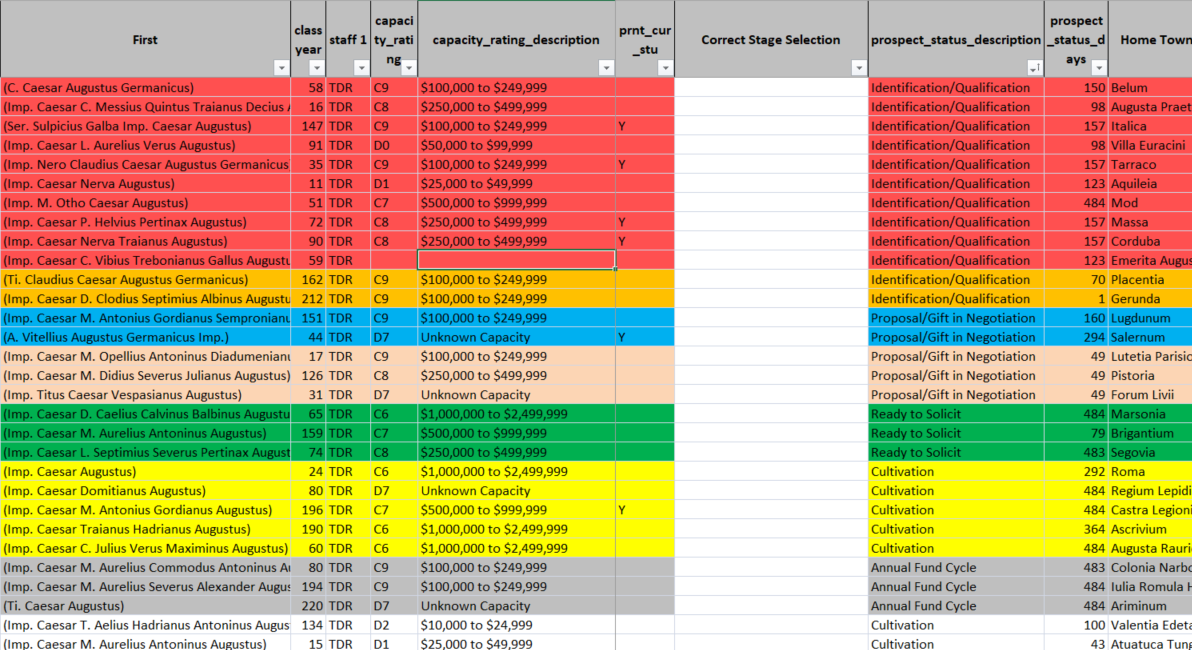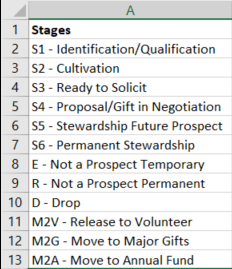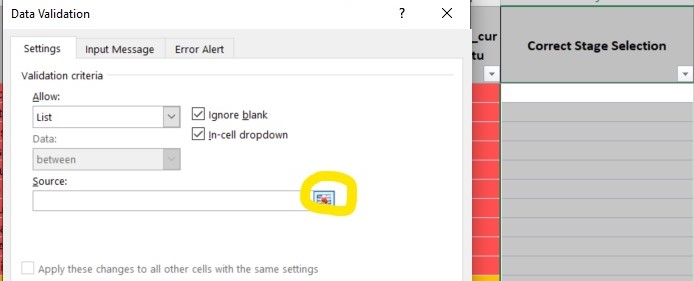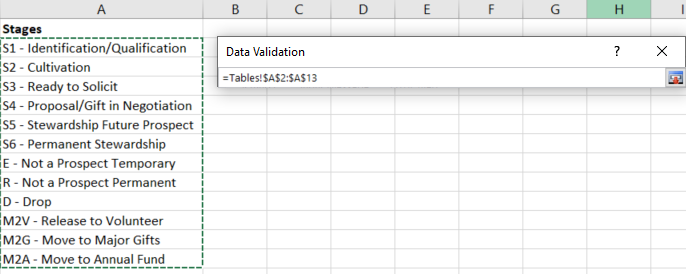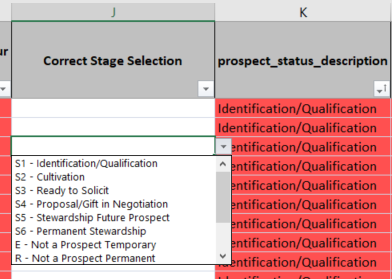NEDRA NEWS APRIL 2020
A greeting from Susan Grivno, president of NEDRA As we head into the second month of sheltering at home, I have been especially inspired by how quickly the prospect development community and the organizations we all support have adapted to the daunting coronavirus crisis. Our lives have been upended and we’ve had to adjust to wholly unexpected circumstances. Yet, we and the organizations we work for have reached out to give to our communities and support the effort to contain and defeat the virus. Things are going to be difficult in the weeks and months ahead, and I encourage you to reach out and engage with your NEDRA colleagues. We are facing continuing economic insecurity with every sector experiencing at least some level of contraction. Being part of a supportive community is important, now more than ever. Together, we will overcome this crisis and I have faith that we will persevere. Please know that NEDRA remains committed to providing you with the resources and tools you need to navigate the uncertain times ahead. Our board of directors and volunteers continue to work diligently to shift from our traditional event-based programming to virtual offerings. A couple other resources to keep in mind if you aren’t familiar with them:
Stay healthy & safe, Susan
Erica Eccleston, Brown University How did you wind up in prospect research? I started as an associate working in the reunion fundraising department of the annual fund. I found myself doing a lot of preliminary research for the fundraisers, and really enjoyed it! I knew I did not want to be a frontline fundraiser, so when the research team expanded at the beginning of a new campaign, I jumped at the chance to join the team! What is it like to work for an Ivy League university? I think Brown is its own special place that can't really be compared to any other institution, Ivy League or not. There is such a connection throughout our work to the mission of the school: "to serve the community, the nation and the world by discovering, communicating and preserving knowledge and understanding in a spirit of free inquiry, and by educating and preparing students to discharge the offices of life with usefulness and reputation." It really drives everything we do. If you had to start a new career, what would it be? Either music therapy or training service animals. Favorite song and why? Well, the song that I always listen to no matter where I am when I hear it is "Walking in Memphis" by Marc Cohn. But I really don't know why! It's not really indicative of my overall music tastes, but that piano starts and I HAVE to sing along! Tell us more about your love of NEDRA's annual conference! How many times have you been and what have you enjoyed the most? I've only been to NEDRA once!! I went to the conference in Newport. What I really love about it is the regional community the conference creates. That, and of course, the karaoke!! Rhiannon Gardell, Bowdoin College How did you first find yourself in Prospect Research and Management? My previous job was working as a front-line fundraiser for a small non-profit in Portland, ME where prospect research and management wasn’t formally done. I loved being a part of the fundraising team, but realized that the behind the scenes work was more up my alley. I was particularly interested in data and analytics, so decided to enroll in a part-time MS program in Strategic Analytics in order to transition to a more data-driven role. When I saw a posting for a position on the Development Research team at Bowdoin College, I was intrigued. The more I learned about what the role involved, the more it sounded like something I would really enjoy and could be good at. Luckily, Bowdoin agreed and I joined the team in March 2016! What is your favorite aspect of your job or where you work? I love partnering with gift officers to find the right prospects for various projects. I also love discovering hidden gems through prospecting. It is always a great feeling to hear about a successful visit with a recently discovered prospect who had previously not been on anyone's radar. What topics are you interested in learning more about or focusing on as you continue down your career path? Obviously I am interested in how analytics and data science can best be used within research and prospect management, particularly data visualization. I love a good chart! Tell us about your involvement with NEDRA so far! Is there a particular program, event, or experience that has changed the way you worked? I have attended NEDRAcon every year, along with NEDRA events through the year. Last year, I was on the conference committee as well. There have been a lot of great sessions. I particularly learned a lot at the Advanced Fundraising Data Science Workshop with Rich Majerus and the workshop on Understanding and Utilizing SEC Filings with Bill Gotfredson. As we spend so much time inside, we’re dreaming of where we can travel one day! What does your ideal vacation look like? That’s so hard to say! I love experiencing new places, especially if they have beautiful scenery, yummy food, fun activities and nice locals! I also love learning the history of places - the older the better! My most favorite recent trip was visiting Kauai, Hawaii with my family for my parents’ 40th wedding anniversary. What a magical place - worth the 14 hour flight! I am still dreaming about macadamia ice cream and shave ice... FEATURED ARTICLE Prospect Management on a Budget Part 2: Moves Management Coding By: Travis Roberts, Prospect Management Analyst, Wheaton College In the September 2019 Issue of NEDRA News, I wrote an article covering how to build a custom report in Microsoft Access for future utilization in both prospect management work and Recency, Frequency and Monetary (RFM) scoring. This month we’ll cover part two in this series of three articles: How to set up the report we constructed for use in moves management meetings and review. The first element we’ll address in preparing our report for prospect management review meetings is setting a color coded prioritization. At the most basic level, as discussed in the previous article, you will want your Excel file to have a prospect’s current solicitation stage in addition to stage aging, or how many days each prospect has been in their respective stages. While there are other data elements that can go into color coding and prioritization, these two are absolutely required and will be the focus here. The color code prioritization model I utilize is structured as follows:
Once you’ve completed color coding by stage aging, the next step is to sort the file by these color codes. This is achieved by going to the tool bar and selecting Data – Sort, and then in the window that pops up selecting “Sort On Cell Color.” Then under “Order,” you simply select the colors in the same order outlined above (or by whatever priority you’ve deemed critical for your institution). The end result should look something like this:
With this coding and sorting completed, you now have a prioritized portfolio that development officers can review both on their own and via moves management meetings. For even better utility, if you have a secure cloud based service at your institution, you can upload the file there so all can review and edit the report in real time. When conducting a meeting with this report, it’s not recommended that every single prospect with a color code be a point of discussion due to time constraints (meetings should go no longer than 1 hour), rather only select color coded groups are discussed while the rest are for the development officer to review on their own time. For example, when running these meetings, I direct focus to prospects in the critical fundraising stages of “Proposal/Gift in Negotiation” and “Ready to Solicit” to see if any problems or issues have arisen, or to discuss strategies etc. After this, I ask if there are any other prospects, regardless of coding, with major concerns or issues in need of discussion. If you do not have a CRM that makes it easy for staff to make or recommend stage changes, it’s also possible to build dropdown menus into this report that mirror whatever stage/assignment selections exist in your database. These can be selected before, during or after review meetings for later hand entry into your CRM by research staff. To create drop down menus, first insert a new column next to the existing solicitation stages pulled from your system, titled something like “Correct Stage Selection,” as shown in the image above. Next, create a new tab in Excel called “Tables” and enter all of your current stages/custom prospect movement codes in that new tab, as shown below:
With that done, go back to your main tab, select all of the blank fields underneath “Correct Stage Selection,” then in the toolbar go to Data – Data Validation – Data Validation (yes, again), and a box will pop up. Under “Allow” select “List,” and then move down to the “Source” box and click the little square image to the right of it, as circled in the below image:
After clicking that box, the pop up window will shrink to a smaller “Data Validation” window, so your next step is to jump over to tab 2 (that we named Tables) and select the entire range of data that you want to appear as a drop down menu. Then hit Enter – click OK and the dropdown menus are set.
You’ve now added dropdown menus to your report, which you/the development officer can utilize to select the correct stages/prospect reassignments during review meetings. The end result should look as follows:
Congratulations, you did it! Now you should have a functioning moves management report, color coded by stage aging and sorted by review priority for your development officers. How often you build these is up to you, but I like to provide fresh reports at least every 6 weeks, with delivery in the week before review meetings are set. That way there’s time to enter stage changes and updates from the previous round of moves management meetings, ensuring accurate data prior to each review. Next time we’ll cover our final step in building a useful moves management report from scratch, creating RFM scoring. Ask the Board: Connecting During COVID-19 As we all search for ways to maintain a sense of normalcy these days, we thought we’d ask the NEDRA Board what they’ve been doing to stay connected to their coworkers, NEDRA colleagues, and friends in this new era of social distancing. We happened to have portfolio reviews over the last few weeks and so it’s been very nice to break up the day of researching with a Zoom meeting. It is both a good time to connect with colleagues and also review portfolios that I wasn't familiar with. The follow-up work from these reviews has been a welcomed break from my normal work day, as it gives me a new prospect mystery to solve and data clean-up to do (very meditative for me!). Since I am an introvert, being at home has been relieving to me, and my stress level is lower than usual. My husband and son are keeping me busy while we bake, deep clean, and have taste-test challenges (think potato chips, pretzels, and ice cream). -Claire Moitra, Brown University Like many, we’ve been missing the informal/social interactions with our colleagues, so our team has been coming up with different ways to have some fun in our virtual meetings. So far, we’ve had a bring your pet to work day, we’ve had a day where we all put on our Patriots gear/colors, and we had a show and tell (where I learned that many of my colleagues have several hidden talents!). -Renana Kehoe, Harvard Business School Lately I've found myself offering to have follow up virtual meetings with gift officers after sending an email with the information they've requested. Typically we'd be talking through particular prospects in each other's offices, so still having an avenue for those strategic conversations - and not just limiting the interaction to an email - is something I am trying to be mindful of. Outside of work, a good friend puts on trivia for a group of us to play together via Zoom at night when the kids go to bed! -Kristen Cocce, Beth Israel Lahey Health Northeastern has virtual meetings on Microsoft Teams and it’s really helpful. We also have a weekly town hall every Monday where our Senior Vice President of Advancement and leadership of various departments answer questions and give updates on what is happening. With everything happening with COVID-19, we’re quite busy here and this is incredibly helpful. For fun, I created a Microsoft Team for fellow gardeners and aspiring gardeners, and my colleague created one for crafts (there was a real time weekly meetup before this age of COVID-19). In each of these teams, we post pictures, questions, and general information about gardening or crafts, and hold a virtual lunchtime meetup (with varying success). -Pamela McCarthy, Northeastern University At work, our team has a daily huddle for a few minutes each morning over Zoom, where we take a quick poll on something non-work related, e.g. if you could choose between being able to speak all languages or being able to talk to animals, which would you choose? On the non-work side, we’ve been Zooming dinners with family and friends. We had our very first virtual Passover Seder and Easter Dinner, which I’m sure is something that we’ll never forget! -Elana Pierkowski, Dana-Farber Cancer Institute One thing that has worked well for our department (around 45) is to have ‘coffee hours’ where people are welcome but not required to stop by and hang out for a bit. In addition, our smaller team holds daily ‘Stand-ups’, a variation of an in-office meeting type – this has helped us to stay connected and on-track. In terms of working with fundraisers, I have actually gone on socially-distanced walks with fundraisers who I’ve discovered live nearby in the city – something I probably wouldn’t have thought to do with them otherwise. -Scott Rosensweig, MIT Working for a national nonprofit, I am accustomed to staying in touch with my team and with relationship managers via virtual meetings and online messaging, and I track my work via our project tracking software. Lately, our team has been having more informal check-ins – either a virtual coffee date or a “happy half hour” – each week. Our team is also trying to be proactive by updating contact information for prospects (especially new donors), as well as offering advanced training opportunities for our philanthropy coordinators and other philanthropy staff during this ‘work from home’ time. Getting a workout in and unwinding with some Netflix after a long day of work and homeschooling my little one is an absolute must every night! -Jenn Grasso, The Trust for Public Land This quarantine has made it so difficult to maintain colleague to colleague relationships across organizations. We aren’t passing by offices, stopping to chat, and solving trivial questions that prevent disasters. To help us all come through this period, my only advice is to encourage everyone to make a concerted effort to stay in touch with your colleagues. Make an effort to participate in virtual happy hours, and virtual chat groups, and even virtual lunch dates. Send a frontline officer an invite for a Zoom-offee. Someday soon, we’re all going to be free of this quarantine and you and your colleagues will remember those that made an effort to stay in touch when it was so hard to do so and your working relationship will be stronger than ever. -Bill Gotfredson, Boston Children's Hospital UPCOMING PROGRAMS
INDUSTRY NEWS
|

